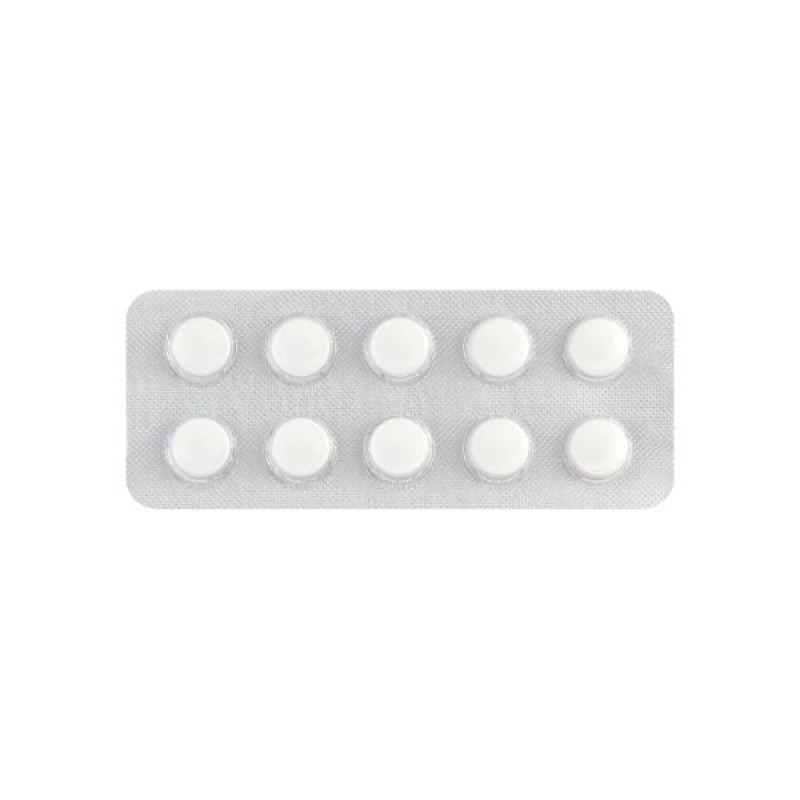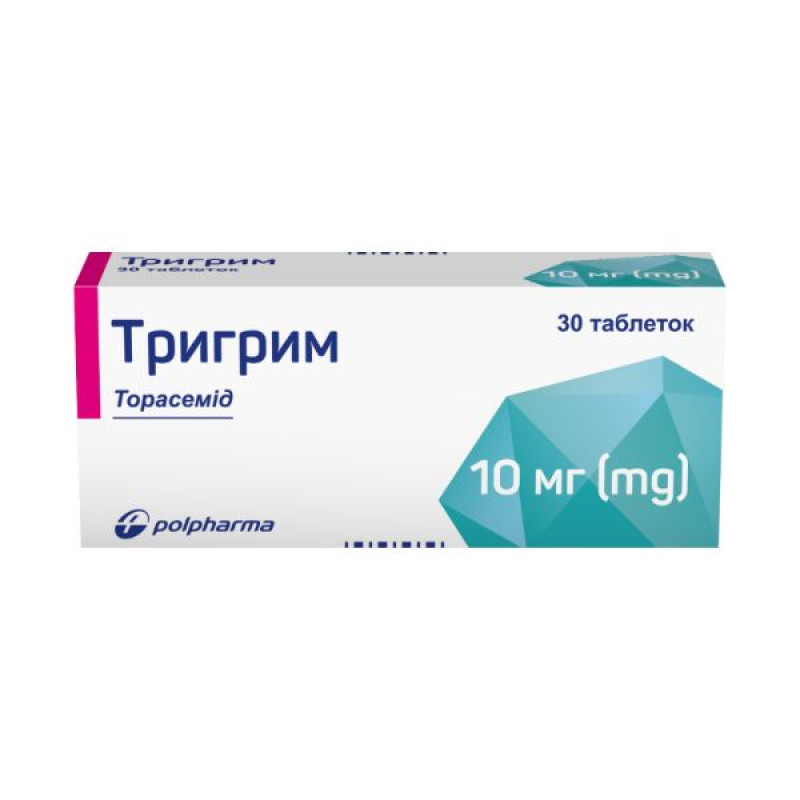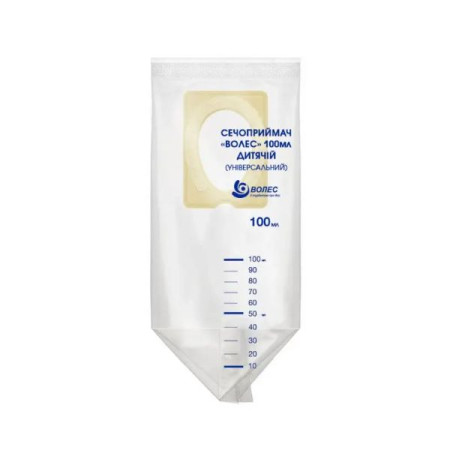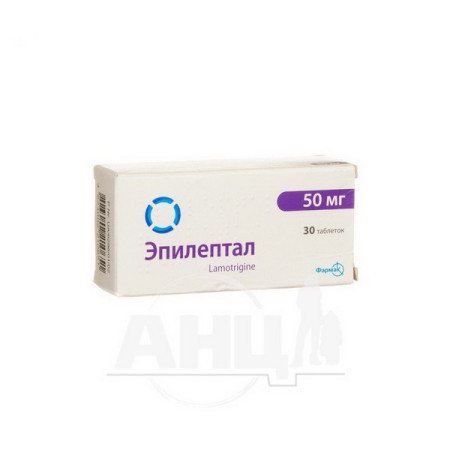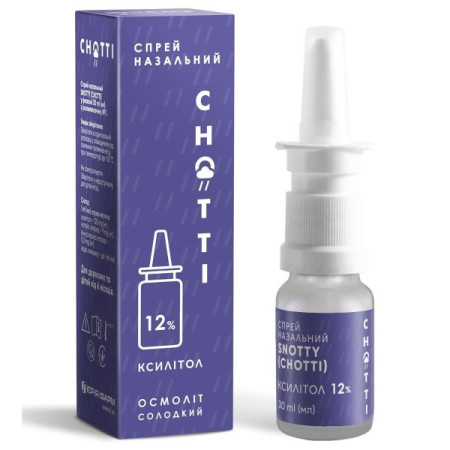Trigrim tablets 10 mg blister No. 30

Instructions for Trigrim tablets 10 mg blister No. 30
Composition
active ingredient: torasemide;
1 tablet contains torasemide 2.5 mg or 5 mg or 10 mg;
Excipients: lactose monohydrate; corn starch; colloidal anhydrous silica; magnesium stearate.
Dosage form
Pills.
Main physicochemical properties:
2.5 mg tablets: white, round biconvex tablets; diameter: 4.9-5.3 mm;
5 mg and 10 mg tablets: white, round, flat with a score line. Diameter: 6.9-7.3 mm and 8.9-9.3 mm, respectively.
Pharmacotherapeutic group
Highly active diuretics. Simple sulfonamide preparations. ATX code C03C A04.
Pharmacological properties
Pharmacodynamics
Torasemide is a loop diuretic. However, at low doses its pharmacodynamic profile resembles that of thiazide diuretics in terms of the rate and duration of diuresis. At higher doses, torasemide accelerates diuresis in a dose-dependent manner, and this effect can be very pronounced.
Pharmacokinetics
Absorption: After oral administration, torasemide is rapidly and almost completely absorbed, with peak serum levels reached within 1-2 hours.
Protein binding: More than 99% of torasemide is bound to plasma proteins.
Distribution: The volume of distribution of torasemide is 16 liters.
Biotransformation: Torasemide is biotransformed to three metabolites – M1, M3 and M5 – by stepwise oxidation, hydroxylation and hydroxylation of the aromatic ring.
Elimination. The half-life of torasemide is approximately 3-4 hours. The total clearance of torasemide is 40 ml/min, renal clearance is approximately 10 ml/min. About 80% of the dose is excreted as unchanged torasemide (24%) and its metabolites: M1 (12%), M3 (3%), M5 (41%). In renal failure, the half-life of torasemide does not change, and the half-life of metabolites M3 and M5 is prolonged. Torasemide and its metabolites are practically not removed by hemodialysis or hemofiltration. In patients with impaired liver function or heart failure, the half-lives of torasemide and metabolite M5 are slightly prolonged, however, cumulation of torasemide and its metabolites is unlikely.
Indication
Essential hypertension.
Edema caused by heart failure.
Contraindication
• Hypersensitivity to torasemide, sulfonylurea derivatives or excipients of the drug.
• Renal failure accompanied by anuria.
• Hepatic coma and precomatose state.
• Arterial hypotension.
• Pregnancy or breastfeeding.
• Tachyarrhythmia.
• Concomitant use of aminoglycoside antibiotics or cephalosporins, or renal failure after use of other drugs that cause kidney damage.
• Hypovolemia.
• Hyponatremia.
• Hypokalemia.
• Significant urinary incontinence, for example due to prostatic hypertrophy.
Interaction with other medicinal products and other types of interactions
With simultaneous use of torasemide with cardiac glycosides, the sensitivity of the heart muscle to these drugs may increase due to potassium or magnesium deficiency. With simultaneous use with mineralo- and glucocorticoids, laxatives, the risk of potassium deficiency increases.
Torasemide, like other diuretics, may enhance the hypotensive effect of drugs when used simultaneously.
The use of torasemide, especially in high doses, may enhance the toxic effects of antibiotics from the aminoglycoside group, cisplatin, and the nephrotoxic effects of cephalosporins.
With the simultaneous use of torasemide and lithium preparations, the concentration of lithium in the blood may increase, as a result of which the cardio- and neurotoxicity of the latter may increase. Torasemide enhances the effect of theophylline and curare-like muscle relaxants. When treated with salicylates in high doses, torasemide may enhance their toxic effect. At the same time, torasemide weakens the effect of antidiabetic agents.
With sequential or simultaneous administration of torasemide, as well as at the beginning of therapy with a new ACE inhibitor, a transient decrease in blood pressure is possible. This effect can be minimized by reducing the initial dose of the ACE inhibitor and/or reducing the dose of torasemide (or by temporarily withdrawing it).
Torasemide may weaken the vasoconstrictor effect of adrenaline and noradrenaline.
Non-steroidal anti-inflammatory drugs (e.g. indomethacin) and probenecid may reduce the diuretic and hypotensive effects of torasemide.
When used simultaneously with cholestyramine, the absorption of torasemide may decrease, resulting in a weakening of its effect.
Application features
Before starting the drug, it is necessary to eliminate existing hypokalemia, hyponatremia, or hypovolemia.
During long-term treatment with torasemide, it is recommended to regularly monitor electrolyte balance (especially in patients who are simultaneously using digitalis glycosides, glucocorticosteroids, mineralocorticosteroids or laxatives), glucose, uric acid, creatinine and blood lipid levels.
Patients with a tendency to develop hyperuricemia and gout require special supervision.
Patients with overt or latent diabetes mellitus need to monitor carbohydrate metabolism.
Due to the lack of sufficient clinical experience, it is not recommended to prescribe torasemide for pathological changes in acid-base balance; simultaneously with lithium, aminoglycosides, cephalosporins; for impaired renal function caused by nephrotoxic substances; children; elderly patients (there are no dosage recommendations).
Information on dosing in patients with renal or hepatic impairment is limited. Patients with hepatic impairment should be treated with caution as plasma concentrations of torasemide may be increased.
The medicinal product contains lactose. Therefore, patients with rare hereditary problems of galactose intolerance, the Lapp lactase deficiency or glucose-galactose malabsorption should not take torasemide.
After taking torasemide, ototoxicity (tinnitus and hearing loss) was observed, which were reversible, but a direct relationship with the use of the drug has not been established.
When prescribing diuretics, it is necessary to carefully monitor clinical symptoms of electrolyte imbalance, hypovolemia, extrarenal azotemia and other disorders, which may manifest as dry mouth, thirst, weakness, lethargy, drowsiness, agitation, muscle pain or cramps, myasthenia gravis, hypotension, oliguria, tachycardia, nausea, vomiting. Excessive diuresis can cause dehydration, lead to a decrease in circulating blood volume, thrombosis and embolism of blood vessels, especially in elderly patients.
When prescribing the drug, it is necessary to conduct regular laboratory monitoring of potassium and other electrolytes in the blood serum.
Torasemide should be used with extreme caution in patients with liver disease accompanied by cirrhosis and ascites, as sudden changes in water and electrolyte balance can lead to hepatic coma. Therapy with torasemide (as well as other diuretics) in this group of patients should be carried out in a hospital setting. To prevent hypokalemia and metabolic acidosis, the drug should be prescribed with aldosterone antagonists or drugs that promote potassium retention in the body.
Due to the lack of sufficient clinical experience, torasemide should not be prescribed for the following diseases and conditions: gout; arrhythmias, for example, in sinoatrial block, atrioventricular block II and III degrees; pathological changes in acid-base metabolism; concomitant therapy with lithium, aminoglycosides or cephalosporins; pathological changes in the blood picture, for example, thrombocytopenia or anemia in patients without renal failure; impaired renal function caused by nephrotoxic substances.
Use during pregnancy or breastfeeding
There is no data on the effect of torasemide on the human embryo and fetus, as well as on the penetration of the drug into breast milk, therefore it is not recommended to take torasemide during pregnancy or breastfeeding.
Ability to influence reaction speed when driving vehicles or other mechanisms
The drug may alter a person's reaction time, reducing it when driving or operating other mechanisms, especially when used simultaneously with alcohol. Therefore, driving or operating potentially dangerous mechanisms should be avoided during treatment with the drug.
Method of administration and doses
The tablets should be taken without chewing or crushing, regardless of food intake and time of day, with a small amount of liquid.
Essential hypertension.
The recommended dose is 2.5 mg per day. If necessary, the dose can be increased to 5 mg per day. The maximum effect is usually observed 12 weeks after the start of treatment. The use of doses above 5 mg does not lead to an increase in the antihypertensive effect.
Swelling.
Therapy should be initiated at a dose of 5 mg per day. If the effect is insufficient, the dose can be gradually increased to 20 mg of torasemide per day.
Elderly patients.
No additional dose adjustment is required for elderly patients.
Patients with severe hepatic impairment should be aware that increased renal clearance of torasemide may be accompanied by reduced excretion of sodium ions.
Children
There is insufficient clinical data on the safety of torasemide in children.
Overdose
There is no typical picture of intoxication. Symptoms of overdose are increased diuresis with the threat of dehydration and loss of electrolytes, which can lead to drowsiness and confusion, arterial hypotension, cardiovascular failure. Gastrointestinal disorders are also possible.
Treatment: There is no specific antidote. The dose of torasemide should be reduced or discontinued, while fluid and electrolyte replacement should be attempted.
Adverse reactions
Metabolic: depending on the dosage and duration of treatment, disturbances of water and electrolyte balance may develop (especially with significant restriction of salt intake), for example, hypovolemia, hypokalemia, hyponatremia; in isolated cases, increased metabolic alkalosis was observed. With significant losses of fluid and electrolytes due to strong urination, arterial hypotension, headache, asthenia, drowsiness may occur, especially at the beginning of treatment and in elderly patients, increased blood glucose and lipid levels, hypokalemia with concomitant low-potassium diet, with vomiting, diarrhea, after excessive use of laxatives, as well as in patients with chronic liver dysfunction and primary renal failure, increased triglycerides, cholesterol. Increased gamma-glutamyltransferase, hemoconcentration, circulatory disorders.
On the part of the cardiovascular system: in rare cases - thrombosis, cardiac and cerebral ischemia with the possible development of heart rhythm disorders, angina pectoris, acute myocardial infarction, syncope.
On the part of the digestive tract: loss of appetite, nausea, vomiting, stomach pain, diarrhea, constipation, flatulence, in rare cases - the development of pancreatitis is possible.
On the part of the urinary system: in patients with urination disorders, for example, with prostatic hypertrophy, urinary retention, urge to urinate are possible. An increase in serum creatinine and urea levels is possible.
On the part of the hepatobiliary system: an increase in the level of some liver enzymes may be observed.
On the part of the hematopoietic system: rarely, there is a decrease in the number of platelets, erythrocytes and/or leukocytes.
Skin and subcutaneous tissue disorders: in isolated cases, allergic reactions are possible: itching, skin rash, photosensitivity. Severe skin reactions occur extremely rarely.
From the nervous system: in some cases, visual disturbances, tinnitus, hearing loss, headache, dizziness, confusion, increased fatigue, general weakness (especially at the beginning of treatment), very rarely - paresthesia of the extremities.
General disorders: dry mouth, muscle spasms (especially at the beginning of treatment).
Allergic reactions, including itching, rashes, photosensitivity reactions.
Expiration date
3 years.
Storage conditions
Store in the original packaging at a temperature not exceeding 25 °C.
Keep out of reach of children.
Packaging
10 tablets in a blister, 3 blisters in a cardboard box.
Vacation category
According to the recipe.
Producer
Pharmaceutical Plant "Polpharma" S.A., Poland
Pharmaceutical Works "Polpharma" SA, Poland.
Location of the manufacturer and its business address
19 Pelplinski Street, 83-200, Starogard Gdański, Poland
19, Pelplinska Str., 83-200 Starogard Gdanski, Poland.
There are no reviews for this product.
There are no reviews for this product, be the first to leave your review.
No questions about this product, be the first and ask your question.







